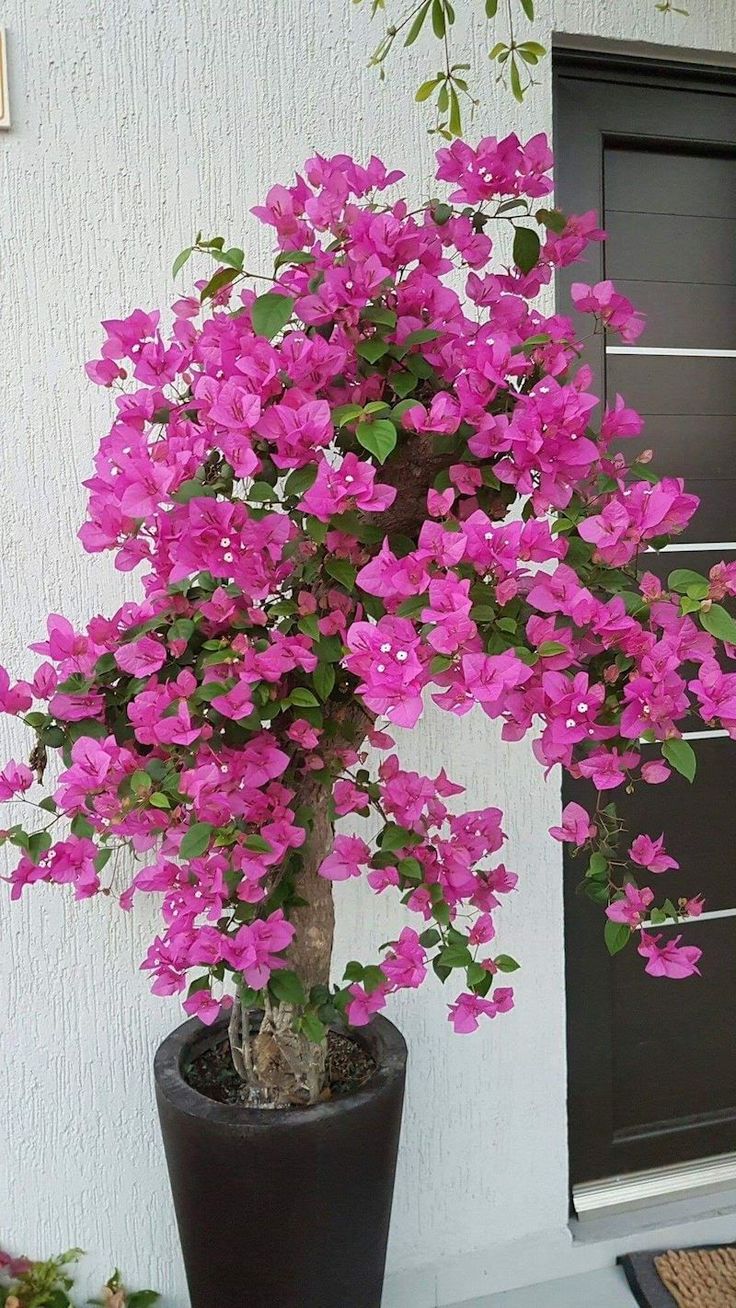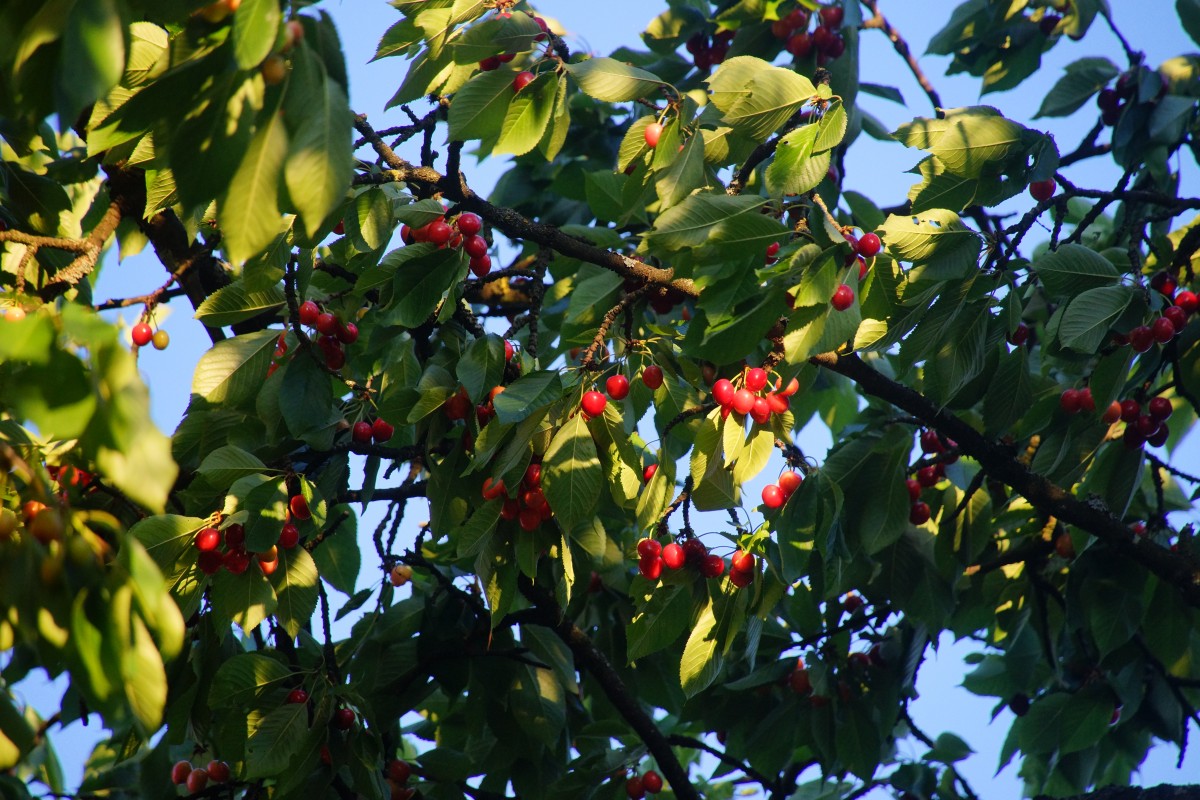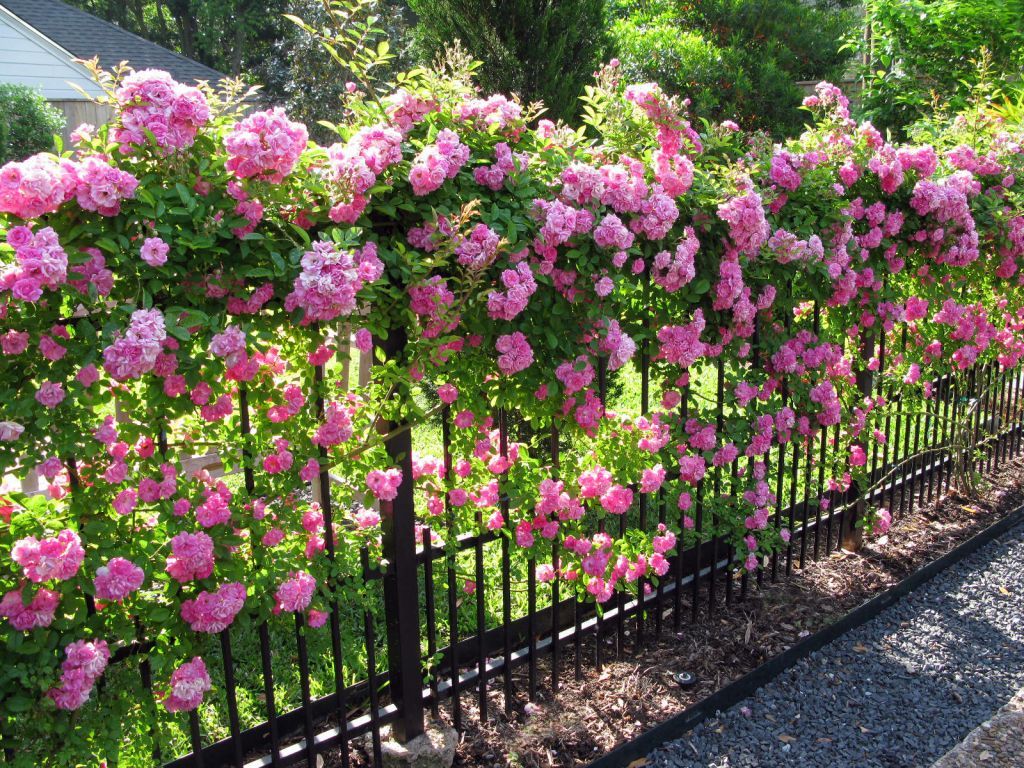Bougainvillea is a spiny, flowering vine known for its vibrant, paper-like flowers. It is best grown in large pots in a greenhouse or indoors. You can also grow them in the garden in the summer, but you will need to protect them from frost and the coldest days of winter. However, bougainvillea are very hardy and relatively easy to care for, requiring pruning to encourage the development of new bracts. You can prune them or make a hedge of them to create an attractive border around the perimeter of your garden or patio. There are many varieties of bougainvillea. The most common colors of bougainvillea flowers are magenta, cream and orange. Some varieties have a cream colored edge on the leaves.
If you love the bright blooms of bougainvillea and want to have them in your home, you’ll love today’s handy gardening guide. Happy reading!
Where Does Bougainvillea Grow Best?
If you’re keeping the plant indoors, bougainvillea grows best in a sunny spot, without direct light through glass. It likes a minimum temperature of about 10°C. It can also be kept outside in the summer if it is in a container, but make sure the temperature is between 18 and 21 °C at night (it can be a little higher during the day). As far as caring for bougainvillea in winter, you can keep the plant above freezing as long as the compost is relatively dry. The plant may lose leaves during this time, but will regrow once temperature and light conditions increase.
How to Fertilize Bougainvillea?
If you planted your plant in the ground, you should add compost around the edges. You can also add a controlled-release fertilizer and a balancing fertilizer to provide the plant with the nutrients it needs to grow properly. For potted bougainvillea, use a potting soil-based compost. When the plants have become strong, usually when the weather turns warmer in mid-April, you can give the bougainvillea a nitrogen-rich liquid food, as it will stimulate the plant to develop lush foliage. When the flower bracts appear, wait for them to color before fertilizing with a potassium-rich food. You should also move the bougainvillea to a cooler location out of direct sunlight to help the bracts mature and stay on the plant longer. Once the bracts have fallen off, you can resume using a high-nitrogen liquid fertilizer to stimulate the plant to send out the second set of bracts.
How Much Should You Water Your Bougainvillea?
You can increase the frequency of watering the plant around February or March, when daylight and temperature increase, stimulating the plant’s growth. Keep the plant well watered from April to September during its blooming period. When the plant stops blooming, reduce the frequency of watering, allowing the soil to dry out between waterings. Note that you must soak the entire plant well to prevent it from drying out.
How to Make Bougainvillea Bloom?
Keeping the soil moist during the light periods of late winter and early summer will help the plant to bud. In addition, switching from a nitrogen-rich diet to a potash-rich diet will help the plant develop its foliage and then its bracts. Following this fertilization cycle will ensure that the plant will bloom throughout the summer.
When to Prune Bougainvillea?
As flowers appear on new growth, you should delay pruning the plant until late winter or early spring, just before its growth phase. When the flowers fall off, you can prune the plant to about half its length to encourage it to produce the next set of bracts.
How to Propagate Bougainvillea
It is easy to propagate bougainvillea from cuttings. Ideally, you should do this in the summer, taking cuttings from the branches, not the buds. Take 2 or 4 cm cuttings, make sure the cuttings have 4 to 6 nodes. Remove the leaves from the bottom of the cutting and dip the tip in rooting hormone, if desired. Insert the cutting into a pot filled with a mixture of perlite and peat in equal proportions. Use a spray bottle to water the soil regularly, keeping it moist but not too wet. The cuttings should take root in about 4 to 6 weeks. You can also propagate bougainvillea from hardwood cuttings placed in deep pots during the winter.
What else did you already grow in your garden? Let us know your own tips and tricks in the comments below.



